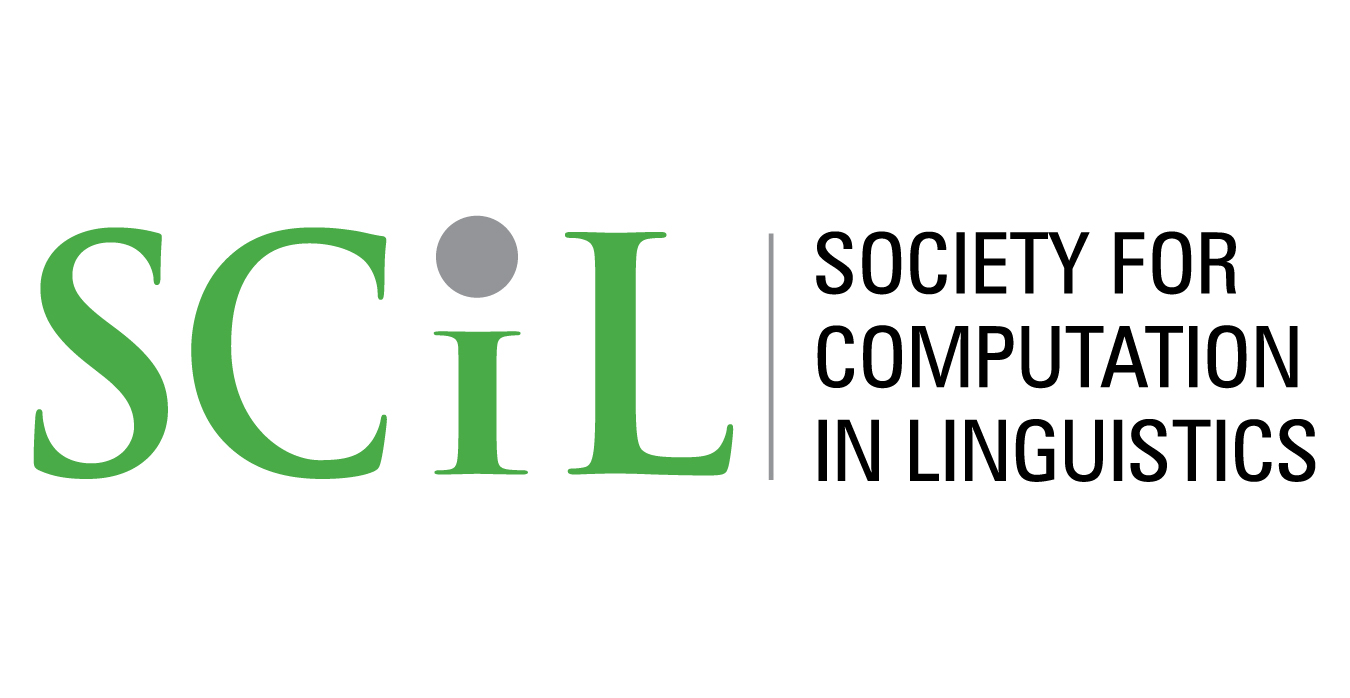A Theory of When and How Learners Construct Tiers: Implications for Opaque and Transparent Vowels
Abstract
Some vowel harmony systems have neutral vowels, which need not agree along the harmonizing dimensions of vowel quality. Neutral vowels differ in whether other vowels in turn harmonize with them: those that are harmonized with are opaque while those that are not are transparent. Prior artificial language learning studies have found opaque vowels to be more readily learned in laboratory settings than transparent vowels. This was initially thought to be because transparent vowels intervene between harmonizing vowels on a vowel tier, making harmony non-local. However, subsequent computational work has demonstrated that vowel harmony is typically tier-strictly-local, even with transparent and opaque vowels, indicating that there may be less difference between them than once believed. I propose an explanation for the different learning results between transparent and opaque vowels by making use of a recent learning model that proposes learners create tier-like representations in response to being unable to sufficiently generalize without them, as measured by the Tolerance Principle. I demonstrate how the representations that this model constructs make sense of different learning results between transparent and opaque vowels, despite their shared formal properties.
How to Cite:
Belth, C., (2025) “A Theory of When and How Learners Construct Tiers: Implications for Opaque and Transparent Vowels”, Society for Computation in Linguistics 8(1): 17. doi: https://doi.org/10.7275/scil.3160
Downloads:
Download PDF
361 Views
598 Downloads

